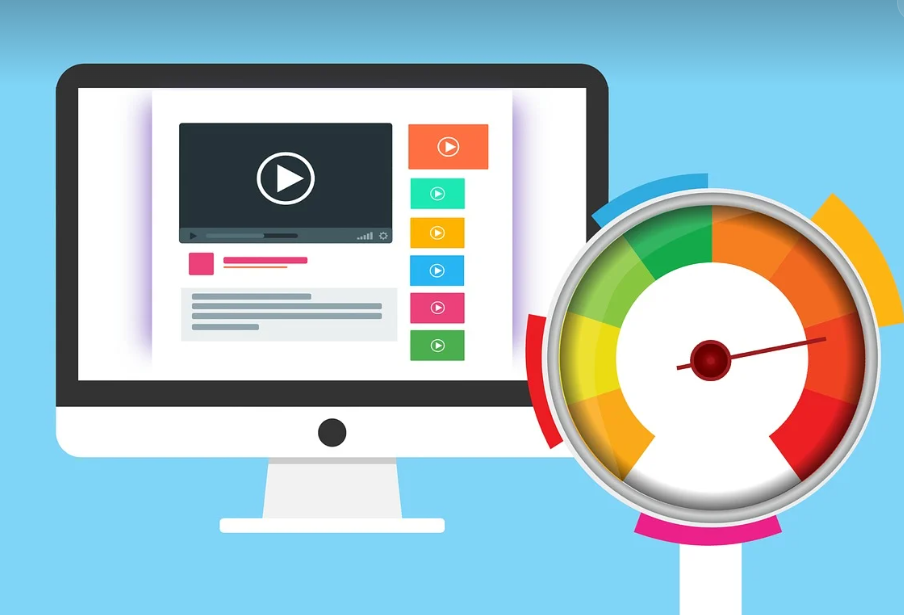Performance Testing for APIs: Techniques and Methods for API Performance Testing
Are you looking to optimize the performance of your APIs and ensure a great user experience for your customers? API performance testing is a crucial process that allows you to evaluate and measure the performance and responsiveness of your APIs under various conditions and loads. In this article, we will provide a comprehensive guide to performance testing for APIs, covering its objectives, different types of testing, and effective methods to conduct these tests.
What is API Performance Testing?
API performance testing involves evaluating and measuring the performance and responsiveness of an Application Programming Interface (API) under different conditions and loads. It encompasses subjecting the API to varying stress levels, loads, and concurrency to assess its effectiveness in handling such scenarios. The primary objectives of API performance testing include identifying performance bottlenecks, measuring response times, validating system scalability, and ensuring overall reliability and stability of the API.
Types of API Performance Testing
Organizations commonly use several types of API performance testing to assess the performance and responsiveness of their APIs. These types include:
Load Testing: Load testing involves simulating high volumes of concurrent requests to test how well the API handles the expected user load. It helps evaluate the API's performance under normal and peak load conditions.
Stress Testing: Stress testing involves subjecting the API to extreme conditions by pushing it beyond its normal capacity. This type of testing helps identify the API's breaking point and assess its performance under stressful scenarios.
Spike Testing: Spike testing focuses on testing the API's performance when there is a sudden and significant increase in traffic or requests. It helps evaluate the API's ability to handle sudden spikes in load and maintain its responsiveness.
Endurance Testing: Endurance testing, also known as soak testing, involves testing the API's performance over an extended period under a sustained load. It helps assess the API's stability and performance over time, ensuring it can handle continuous usage without degradation.
Steps to Perform API Performance Testing
To conduct API performance testing effectively, organizations should follow a systematic approach. Here are the key steps involved:
Test Planning
Define the objectives, scope, and success criteria for your API performance tests. Identify the key performance metrics to measure, such as response times, throughput, and error rates. Plan the test scenarios and workload patterns that reflect real-world usage.
Environment Setup
Set up the necessary test environment, including the hardware, software, and network configurations. Create a test environment that closely resembles the production environment to ensure accurate performance measurements.
Test Scenario Creation
Create realistic test scenarios that mimic the expected usage patterns of your APIs. Define the inputs, outputs, and data sets required for each test scenario. Consider different load levels, concurrency, and stress conditions to cover a wide range of performance scenarios.
Test Execution
Execute the performance tests using suitable tools and frameworks. Monitor and measure the performance metrics during the test execution. Capture relevant data, such as response times, throughput, and error logs, for analysis.
Performance Analysis
Analyze the performance data collected during the test execution. Identify performance bottlenecks, areas of improvement, and potential scalability issues. Use statistical analysis and visualization techniques to gain insights from the data.
Optimization and Retesting
Based on the performance analysis, optimize your APIs for better performance. Implement necessary changes, such as code optimizations, caching mechanisms, or infrastructure improvements. Retest the optimized APIs to validate the performance improvements.

Best Practices for API Performance Testing
To ensure effective API performance testing, consider the following best practices:
Define Realistic Workloads: Create test scenarios that closely resemble real-world usage patterns and consider different load levels, concurrency, and stress conditions.
Monitor Key Metrics: Monitor and measure important performance metrics, such as response times, throughput, and error rates, during the test execution.
Use Caching and Optimization Techniques: Implement caching mechanisms, code optimizations, and infrastructure improvements to enhance the performance of your APIs.
Test in Production-like Environments: Set up test environments that closely resemble the production environment to ensure accurate performance measurements.
Continuously Retest and Optimize: Regularly retest and optimize your APIs based on the performance analysis to improve their overall performance and reliability.
Conclusion
API performance testing is a critical aspect of ensuring optimal functionality, scalability, and reliability of APIs. By evaluating an API's performance under various conditions and loads, organizations can identify bottlenecks, measure response times, and optimize their APIs for better performance. It is essential to follow a systematic approach, use suitable tools, and analyze performance data to drive performance improvements. By incorporating best practices and continuous testing, organizations can enhance user experience, meet performance expectations, and drive business growth.
Introducing WeTest Quality Open Platform: Your One-Stop Testing Solution
WeTest Quality Open Platform is the ultimate testing service platform for game developers. Our team of experts has over a decade of experience in quality management and is dedicated to ensuring the highest quality standards for game development and product quality. With over 1,000 games tested, we have the knowledge and expertise to help you achieve success.
Our platform integrates cutting-edge tools such as automated testing, compatibility testing, functionality testing, remote device, performance testing, and security testing. We cover all testing stages of games throughout their entire life cycle, providing a comprehensive solution for your testing needs.
Partner with WeTest and experience superior quality assurance for your games. Contact us today to learn more about our services and how we can help you achieve your goals.


